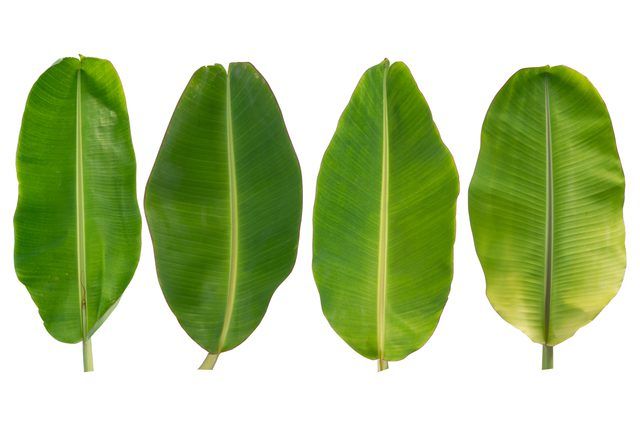Bulbs
Flower Basics
Flower Beds & Specialty Gardens
Flower Garden
Garden Furniture
Garden Gnomes
Garden Seeds
Garden Sheds
Garden Statues
Garden Tools & Supplies
Gardening Basics
Green & Organic
Groundcovers & Vines
Growing Annuals
Growing Basil
Growing Beans
Growing Berries
Growing Blueberries
Growing Cactus
Growing Corn
Growing Cotton
Growing Edibles
Growing Flowers
Growing Garlic
Growing Grapes
Growing Grass
Growing Herbs
Growing Jasmine
Growing Mint
Growing Mushrooms
Orchids
Growing Peanuts
Growing Perennials
Growing Plants
Growing Rosemary
Growing Roses
Growing Strawberries
Growing Sunflowers
Growing Thyme
Growing Tomatoes
Growing Tulips
Growing Vegetables
Herb Basics
Herb Garden
Indoor Growing
Landscaping Basics
Landscaping Patios
Landscaping Plants
Landscaping Shrubs
Landscaping Trees
Landscaping Walks & Pathways
Lawn Basics
Lawn Maintenance
Lawn Mowers
Lawn Ornaments
Lawn Planting
Lawn Tools
Outdoor Growing
Overall Landscape Planning
Pests, Weeds & Problems
Plant Basics
Rock Garden
Rose Garden
Shrubs
Soil
Specialty Gardens
Trees
Vegetable Garden
Yard Maintenance
Growing Bananas in Containers
How to water, fertilize and repot bananas growing in containers. Includes suggestions for dwarf varieties that grow well in pots.
Bananas (Musa spp.) make striking container plants growing outside on a porch or patio or indoors in a bright, south-facing room. Dwarf varieties, which grow anywhere from 2 to 10 feet tall, make the best candidates. The majority of dwarf bananas are ornamentals with striking foliage, but some types are grown specifically for their fruit. Depending on the variety, bananas grow in U. S. Department of Agriculture plant hardiness zones 5 through 10.

Growing Requirements
Drainage and Potting Soil
Use a well-draining potting mix to grow bananas in containers. In place of a store-bought mix, you can make a blend by combining equal parts sand, perlite and peat moss. In place of perlite, you can use either vermiculite or bark. When selecting a pot or planter, look for one 3 to 4 inches bigger than the nursery pot and make sure it has holes in the bottom for drainage.
Tip
To make repotting easier, avoid planters that are narrower at the top than at the sides and bottom.
Consistent Watering
Water the banana plant thoroughly when the top of the potting soil feels dry. The best way to make sure the water is penetrating through to the bottom of the container is to add water slowly and then observe the container. When it is thoroughly watered, a little extra liquid will seep out the bottom drainage hole.
Weekly Fertilizer
Fertilize bananas once a week from spring through late summer with general-purpose liquid fertilizer. Use 1/2 teaspoon of fertilizer mixed with 6 cups of water per plant. Pour the fertilizer solution onto the soil, being careful to avoid the banana leaves, and then water until the pot is damp all the way through.
Tip
The sun requirements for bananas vary depending on the type, but most like full sun and some prefer part shade.
Repotting Step By Step
Every two to three years banana plants need repotting to freshen the soil and keep up with growth. When you repot, use a container 3 to 4 inches bigger around than the previous planter and check that it has at least one hole in the bottom for drainage.
Things You'll Need
Planter
Potting soil
Knife
Step 1
Remove the root ball from the pot. Handle the banana carefully so that you don't damage the leaves.
Step 2
Put a few handfuls of well-draining potting mix into the new pot and then set the root ball on top of the soil. Add soil under the roots until the stem, where it meets the soil, sits 1 inch below the top of the pot.
Step 3
Fill the pot up to the base of the stem with potting soil. This leaves 1 inch of space between the soil line and the top of the container for wearing and fertilizing through the growing season.
Step 4
Water slowly until excess starts to leak out the hole in the bottom of the container. If the potting soil sinks below the root ball after you water, add more until the level is consistent.
Tip
Set large patio planters in place before filling them with soil and planting or they quickly become too heavy to move. Alternately, put the pots on wheels so that you can move them around easily.
Dwarf Varieties for Containers
Ornamental varieties suited for containers include the cultivar 'High Color Mini' (Musa 'High Color Mini'), a dwarf variegated type that has green leaves with maroon markings. 'High Color Mini' grows 2 1/2 to 4 feet tall and is hardy in USDA zones 9 through 11.
Best suited for large planters, blood banana (Musa acuminata 'Zebrina') makes a statement with blue-green leaves accented with red. This 8-foot-tall variety grows in USDA zones 10 through 11.
For fruit, try the 8- to 10-foot-tall dwarf cavendish (Musa 'Dwarf Cavendish') in a large patio planter. Dwarf cavendish grows in USDA zones 9 through 11.